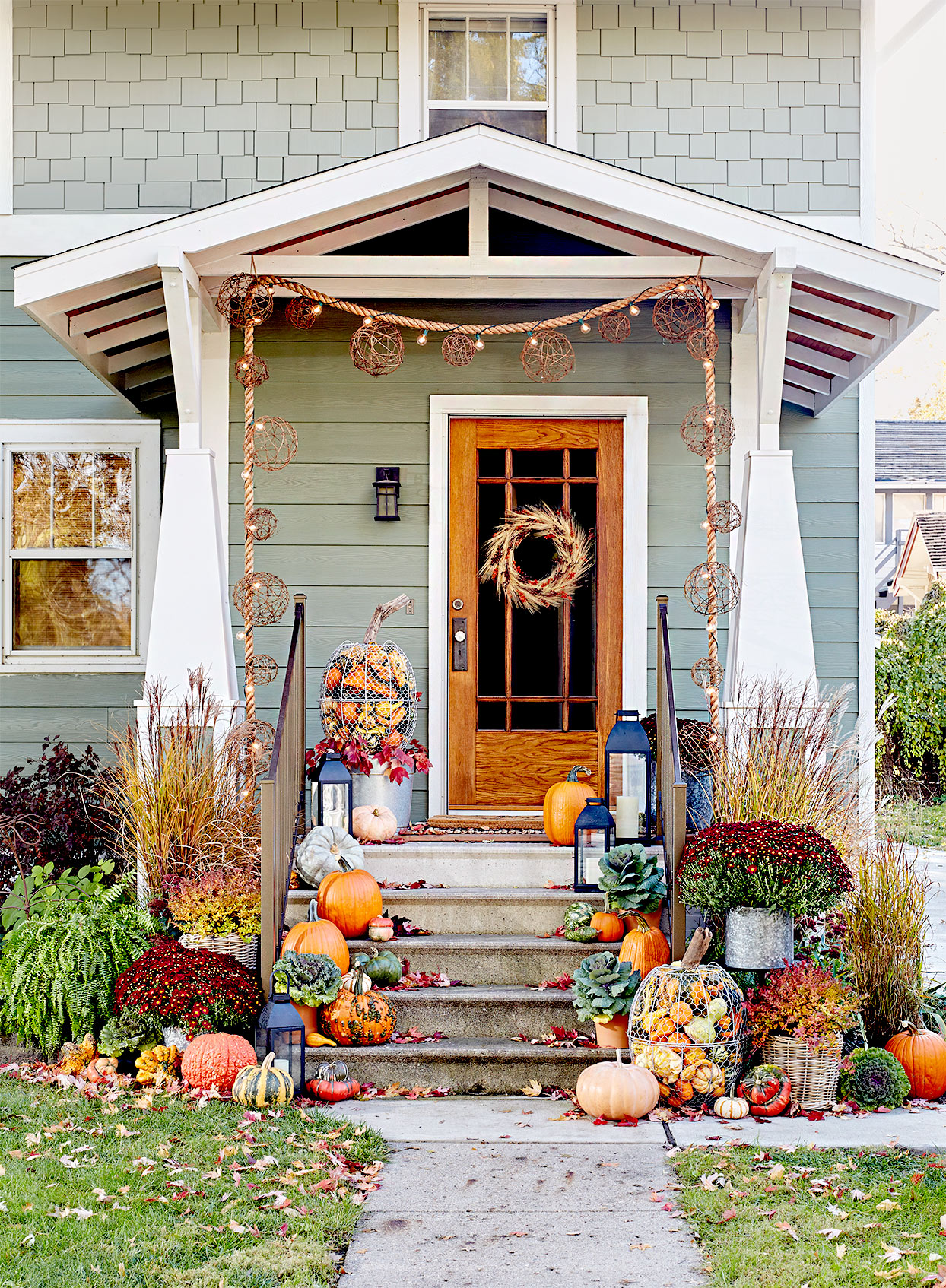Originally published as part of the Digestable newsletter
I want to start by saying that it was so unreal to have watched videos of friends back home literally popping champagne in the streets this weekend and then to wake up this morning to the Irish news obsessing over Biden’s Irish heritage. Did you know that Obama has Irish roots as well? The Irish certainly do. Personally, I can’t wait until we get a chance to start holding this man accountable for the bad choices he’s already making, but this news-y stuff is Lena’s forte so I’ll leave it there.
Halloween is over which means that all your fancy neighbors will soon be overhauling their festive fall flowerbeds and front stoops to make room for carefully arranged birch logs, pine boughs, and for some reason magnolia branches. I can’t stand container gardening. The ubiquitous “thrill, fill, spill” blueprint makes everything look the same and the rigid seasonality means that plants aren’t really growing in the pot as much as slowly dying for three months before they’re ripped out and landfilled to make way for the next season. As far as I’m concerned, if you’re not gardening with perennials, you’re not doing drag.

But fall gardening is especially egregious because YOU CAN F****** EAT THAT S***! Fall is the best time of year because it’s the only time in the Western world that food culture still manifests in the popular imagination. From the High Holidays and Sukkot to Halloween and Thanksgiving to Pumpkin Spice Szn and the Sever’s Corn Maze, fall is still seen as a time of harvest and bounty. This reflects on world of decorative gardens partially because fall food becomes fashion and partially because late season crops are some of the best at lasting through a frost. What follows is a guide to what you can eat from the stoop or the street, and an invitation to engage in radical urban foraging.
Foraging in modern Western society is inextricable from poverty and it’s important to keep that in mind when foraged foods such as ramps, forest mushrooms, and oysters enter the world of the fashionably wealthy. My parents heat their house with wood from downed trees behind their house not because it lowers their carbon emissions but because it’s cheaper than filling the propane tank or replacing the windows. In college I supplemented my diet of leftover bagels from the shop where I worked with morels, ramps, and plantain not just because I’m adventurous, but because I needed to get creative in feeding myself. I have Lena’s knowledge of profitable dumpsters to thank for transposing my foraging practices into the urban landscape during a time when we were both living off farm stand surplus. An informal community of sustenance exists around every grocery store dumpster and bakery trash heap and it’s this connection between hunger and waste that makes fall gardening’s appropriation of food as decoration both shameful and convenient.
Let’s start with the greens. Ornamental or “flowering” kale is trendy in fall gardening for its purple and white rosettes and luckily for us eaters it’s incredibly frost hardy and can survive through the winter, unless its uprooted of course. Ornamental varieties are generally a little less flavorful and more bitter than the kale you’re used to – especially after it gets colder – so I would recommend seasoning with salt and/or acid to cut away some of that bitterness. Kale and cabbage are in the same family so it may even be interesting to try to make a sauerkraut with the leaves. I’ve also seen swiss chard used as a decorative plant which I find especially shameful because it’s my favorite vegetable but it’s easy enough to twist off a couple of stems without anyone noticing. I love to sauté it with butter and garlic the way my mom makes it – the stems are edible as well and add a nice celery crunch to a soup or stir fry.
Ornamental peppers have also begun to make a regular appearance in fall gardens. They’re far too hot to serve as a staple – about as spicy as a cayenne pepper – but it’s nice to snag a couple as a condiment to make a nice warming dish for a cool fall day.
And of course, to round us out we have the cucurbits! The harbingers of fall, the reason for the season, squash and pumpkin are incredibly versatile and hearty. Of course you can make a soup, pie, or curry with them but my absolute favorite thing to do is to just dice and roast them with olive oil, salt, and pepper. They’re usually quite big so if you’re looking to nick something from that upper west side stoop without drawing attention to yourself I would go for the jack be littles. They’re awesome roasted whole and stuffed with whatever your heart desires. If nobody’s around and you’re looking to snag one of the big boys, I would steer clear of the big orange stereotypical pumpkin as those are normally bred for less of that tasty flesh to make them easier for carving (though the seeds are still good as a roasted snack). However, rich people are absolutely rotted and will put everything from a kabocha to a cheese pumpkin on their front stoop without even thinking about whether or not they can eat it so here’s a guide to what’s what.
Happy harvest! And if you find yourself being chased down the block by a cardiganed homeowner with your arms full of winter squash, please tell them to check out my column. It’s decorative gourd season motherfuckers, go eat the rich.